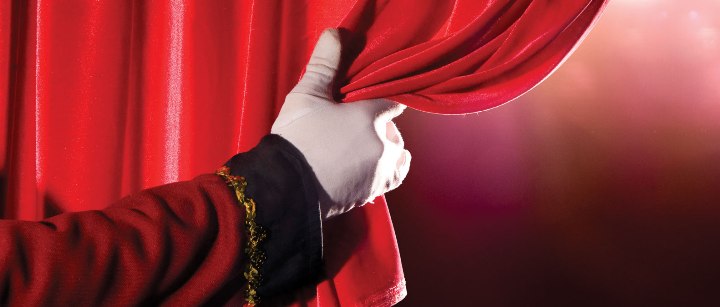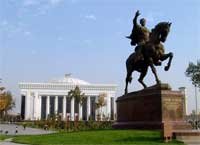 The Museum of the Uzbek National Academic Drama Theater has opened a new exhibition about the history, creative path of the theater troupe, and the most famous performances and renowned actors involved in them.
The Museum of the Uzbek National Academic Drama Theater has opened a new exhibition about the history, creative path of the theater troupe, and the most famous performances and renowned actors involved in them.
The Museum, located on the third floor of the Theater building, welcomes guests to enjoy its collection before the beginning of performance or during the intermission.
The history of the theater, which of more than 100 years, is divided into five phases: establishment, expansion of activities, assignment of ‘academic’ status, activity within the period of 1940-1980, and the development in the years after gaining independence.
In 1966, the theater troupe performed the play ‘Othello’ during the month with full house. This fact provided the impetus for the creation of the museum. The first exhibits were the costumes from that play worn by People’s Artists Sara Ishanturayeva and Abror Khidoyatov. Among them is the outfit, on which the first Uzbek actress Tursunoy Saidazimova appeared on the stage. In addition, interesting exhibit of that time was a screen, which was used during the performances in 1924-1927.
The present-day Museum has acquired a modern look and ordered structure. Each period of the history of theater is provided with several stands with photos of heads of the theater and scenes from performances, as well as repertoires of that period.
“Full update of the museum was carried out in a short time – three months,” says the head of the Museum of the Uzbek National Academic Drama Theater Gulnora Sodiqova. “In the future, we intend to increase the number of exhibits, constantly update the exposition as a whole.”
In addition, visitors can see a unique collection of costumes, on which the Honored and People’s artists played in different performances throughout life. For example, a costume of bright green and crimson satin, in which Abdulla Avloniy played in ‘Patricide’ performance in 1914. One could even that in some places the costume was repeatedly darned, but in general it looks like new. It is noteworthy that the faces of mannequins have makeup: summed eyes, glued mustache, and painted beard – in that way the artists took the stage.
Along with the national costumes the Museum also presents European costumes. Those include well-preserved velvet dress in dark blue: miniature beadwork on it is very charming, which gives an old costume special effect.

























